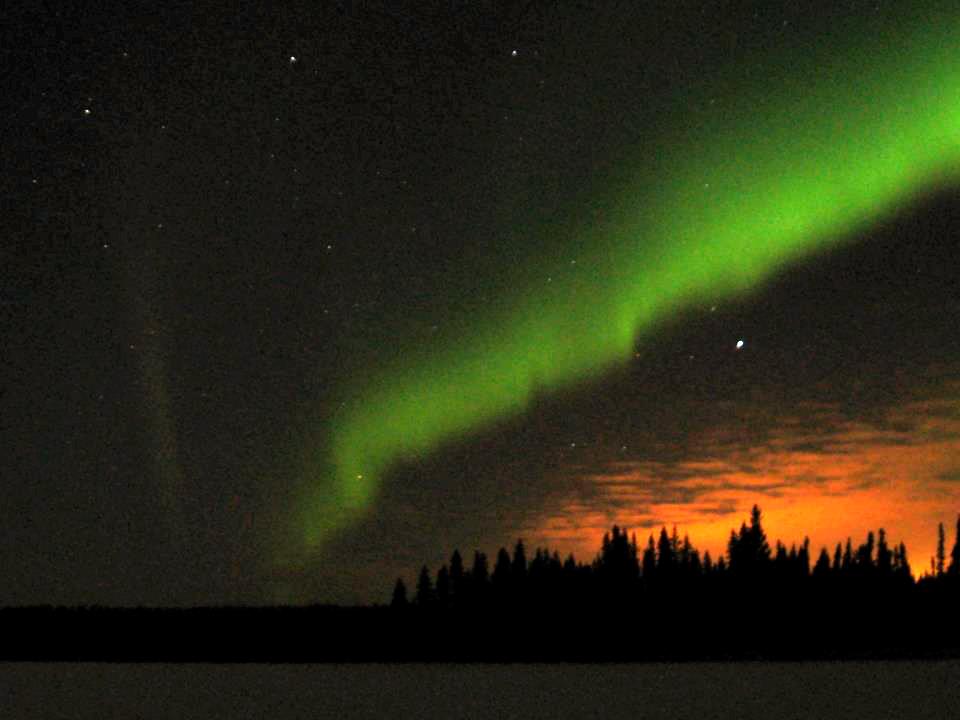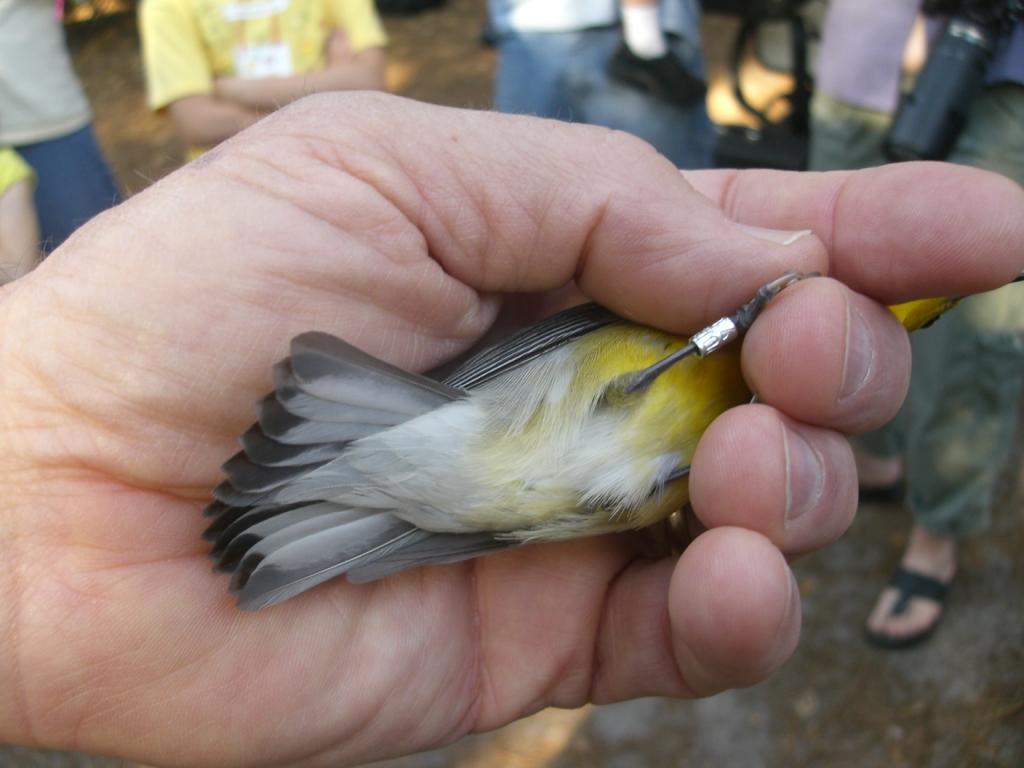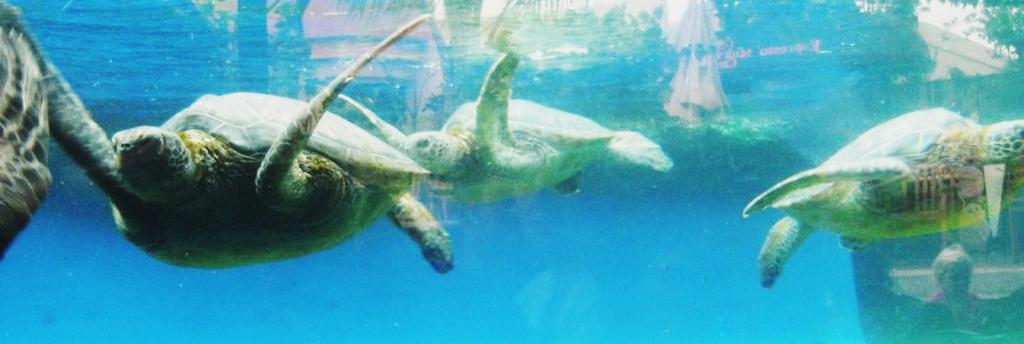Deep in a sound sleep, I am awakened by footsteps running through the corridors outside and the urgent sound of doors slamming open. “Get up everyone! Everyone, outside!”
Groggily, I look at my watch: 3 a.m. I roll over, not quite in the land of the awake. There is more urgent knocking. “Karen! You have to come outside NOW!”
I had put a stack of clothes together for just this eventuality. I throw them on, layers and layers: A wool sweater, a fleece jacket, a down jacket with a hood that goes over a hat, two layers of gloves, and the white rubber “bunny boots” used by military personnel in the Arctic. It’s a good minus 30 out there – that’s Fahrenheit. I open the door, and the Arctic cold cuts right through my wool and fleece and down (not, however, the “bunny boots”). The night air is sharp and still.
But there is nothing still about the sky.
Greens and golds flash across it, undulating and swirling with an occasional spark of blue or a bit of purple. It’s like looking at a lava lamp, except it takes up the entire universe.
The Icy Skies at Night
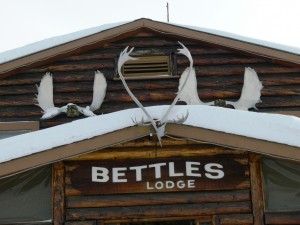
These are the northern lights, the aurora borealis. It is March, in Bettles, Alaska, just above the Arctic Circle, and I am seeing the sky dance for the first time in my life. Outside in the field with me is an autistic teenager, traveling with his family. His dad had earlier told me that the boy was intensely interested in the aurora. He gazes in awe at the sky. For the first time since I met him, the boy isn’t fidgeting or making spinning motions; he seems connected completely to the world around him.
The aurora borealis must be God’s idea of art. There’s a more scientific explanation, of course. The short version is that the light display occurs when energetic charged particles that originated in the magnetosphere collide with atoms in the thermosphere (the high altitude of the atmosphere).
I prefer my explanation. Among other things, it’s much easier to understand.
Aurora Viewing in Bettles
Although the aurora can sometimes be seen in some of the northern contiguous states, it is really an Arctic phenomenon, and the tiny Arctic airstrip town of Bettles lies directly under a band of high auroral activity. Bettles also has the highest number of clear days in Alaska. The combination of high auroral activity and lots of clear nights means that your chances of seeing the light show are better than average. Forecasts are available, but they aren’t necessarily reliable.
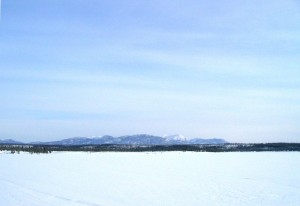
If you’re a fanatic on the subject, you can sleep in Bettles Lodge’s Aurora Cabin, located three miles out of town on the edge of a snow-covered lake. This is no faux adventure: it’s a super-rugged outpost in the middle of Arctic nowhere. The cabin is heated by a pot-bellied stove, and it fronts out onto the icy lake that gives a 360 degree view of the Aurora, unblocked by trees or anything else.
Back in Fairbanks: Aurora Wake-Up Calls and a Moose
You don’t have to take a bush plane to the Arctic to see the Aurora: Truth be told, Aurora wake-up calls are also a standard feature at Fairbanks hotels.
A few nights later, after returning to Fairbanks from Bettles, I got on the list at my hotel, and that night I once again donned everything warm (the temperature was minus 38). This time, I shared my Aurora viewing with a moose that happened to be sauntering through the middle of the parking lot. Unlike my companions at the lodge, he looked, as moose tend to do, vaguely disgruntled; I suppose he’d seen it all before.
The moose shuffled away. I looked up and watched the artist add a little pink here, and some green there, then move it all around.
Practicalities
- Wear warm clothes, and lots of them.
- Chemical and foot warmers will help.
- If you want to take photos, you need a tripod for long exposures.
- When the wake-up call comes, don’t dilly-dally: Sometimes the Aurora only lasts a few minutes.
- Bettles Lodge and Air Service is the primary outfitter to the Bettles area. Plan to spend two or three nights to increase your chances of a viewing.
Contents checked July, 2020
